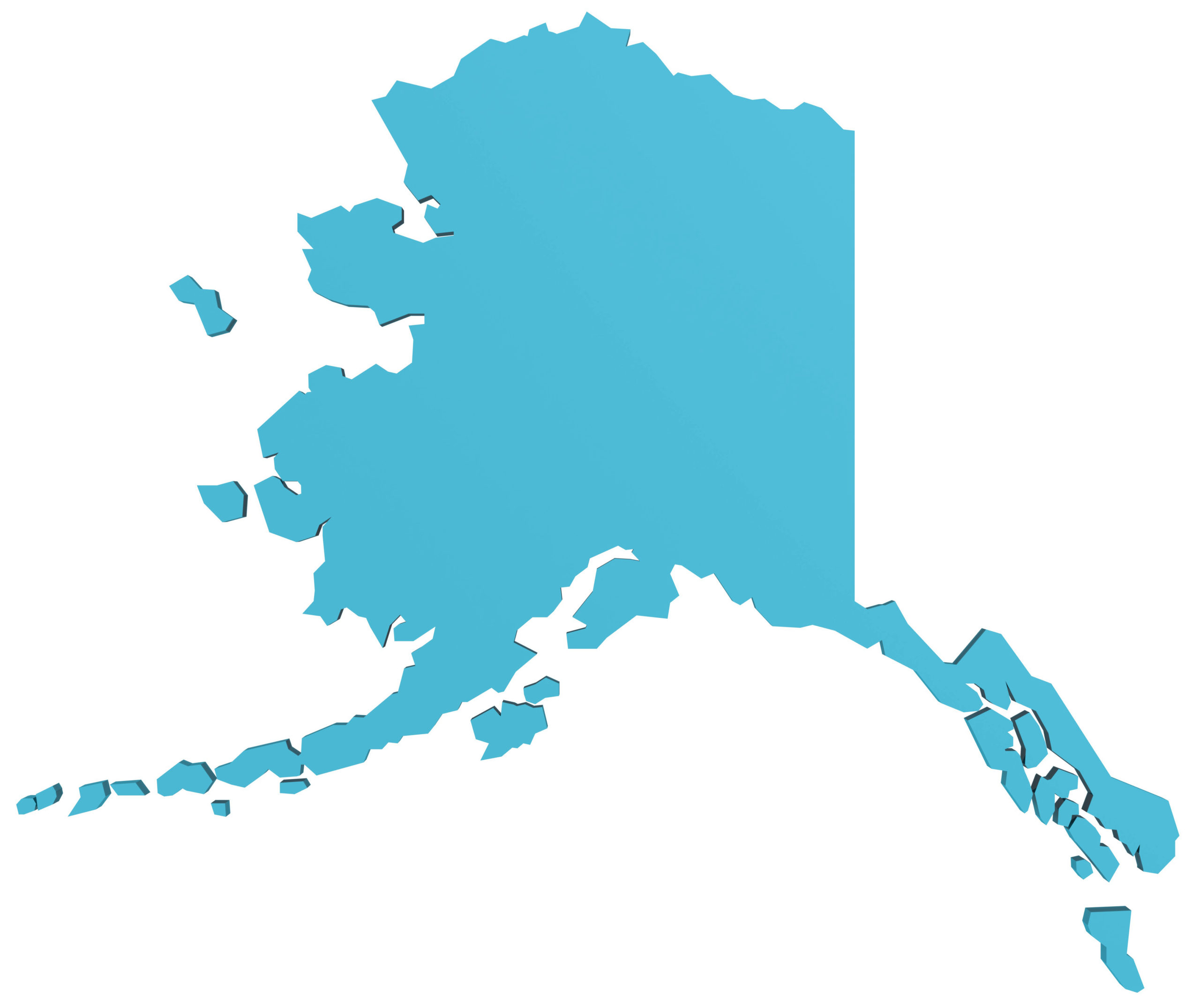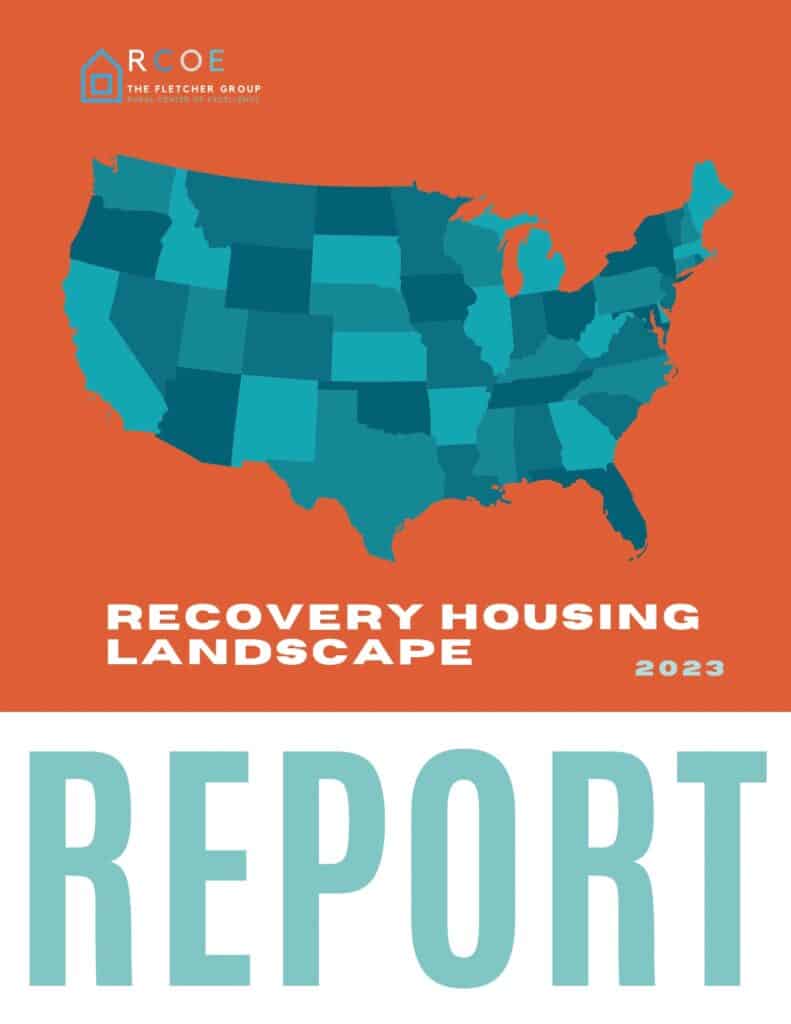
Alaska State Laws, Policies and Funding
RH terminology used by the Department of Health and Social Services (DHSS): “Recovery residences are alcohol and drug free living facilities for individuals recovering from alcohol or other drug use disorders that serves as an interim living environment between withdrawal management experiences or residential SUD treatment and mainstream society. These are known as sober houses, sober living houses, sober living homes, or sober living environments. Alaska currently has eight grant funded recovery residence homes located in Fairbanks, Anchorage, Wasilla, Seward, and Kenai. Click on this link to find more information about sober housing in Alaska.”
“The Rural Recovery Housing program will expand the operations of recovery residences and develop a standard under which they will operate, to include the establishment of up to three new residences within the targeted areas. Funds will be awarded to support the operations of recovery housing projects including but not limited to rent, utilities, and basic supplies for residents. All awards under this grant program are operating grants intended to support operations and services; they cannot be used for purchase of real property or facilities, renovations, or purchase of major fixed or movable equipment such as vehicles. Applicants may propose basic household furnishings or equipment with a per unit value of less than $5000 and a useful life expectancy of more than one year.”
Accreditation, Certification, and State Licensing Requirement: No state requirement
RH Law(s): None/unknown
RH Legislation: None/unknown
Regulations: None/unknown
SABG Program: The “Planned Priority Areas” documents for your state’s Substance Abuse Prevention and Treatment Block Grant (SABG) program and Community Mental Health Services Block Grant (MHBG) program do not specifically mention recovery housing as a priority, nor do they list recovery support services as an allowable activity. To learn more about specific recovery housing activities that are eligible for funding through these grant programs, please reach out to your state’s Single State Agency (SSA) that’s responsible for administering these funds by by visiting https://health.alaska.gov/dbh/Pages/default.aspx
SOR Program: Your state’s Department of Health and Social Services (DHSS) has previously funded recovery activities using State Opioid Response (SOR) funds. To learn more about specific recovery housing activities that are eligible for funding through this grant program, please reach out to your state’s Single State Agency (SSA) that’s responsible for administering these funds by visiting https://health.alaska.gov/dbh/Pages/default.aspx
Medicaid Funding: Nothing in the state Medicaid plan suggests direct support for RH, however, certain covered activities could evolve to be provided in RH settings include counseling, peer support, skill building, and case management.
NARR Affiliate Status: None/Unknown
Housing Assistance Funding: https://www.ahfc.us/
Directory/Registry: None/Unknown
Alaska Funders
Juneau Community Foundation
The Juneau Community Foundation was founded by Eric Kueffner, Ken Leghorn, and Reed Stoops in December of 2000. The Foundation serves the Juneau area and surrounding communities, and its mission is to address community needs and improve the quality of life for residents.
Regions: The Foundation supports projects in the rural borough of Juneau.
Issues Supported: The Juneau Community Foundation funds projects in the areas of arts and culture, education, health, parks and recreation, and social services.
Grant Process and Application: Grant deadlines may vary based on the program. Find out more about open grant opportunities and deadlines by visiting the Foundation website.
Grant-Making Per Year: Since 2005, the Foundation has provided nearly $12 million in grants to Juneau area nonprofits. In 2018, the Foundation provided grants in the amount of $3.1 million.
Recovery and Supportive Housing Grantee Example: The Haven House in Juneau, Alaska, offers structured living for women struggling with addiction and transitioning from incarceration to society.
Mat-Su Health Foundation
The Mat-Su Health Foundation is based in Wasilla, Alaska, and was established in 1948 when the Valley Hospital Association incorporated. The Foundation was further funded by the sale of Triad Hospitals to Community Health Systems in 2007. The Foundation’s mission is to support the health and well-being of Alaskans in the Matanuska-Susitna (Mat-Su) area.
Regions: The Mat-Su Health Foundation serves the Matanuska-Susitna Borough of Alaska, which is a largely rural area surrounding Anchorage in Southcentral Alaska.
Issues Supported: Top funding priorities include human services and health, followed by education and public safety. In particular, the Mat-Su Health Foundation describes its funding as focusing on supporting aging, families, futures, and mental health.
Grant Process and Application: The Mat-Su Foundation has several funding programs, including Discovery Grants, Healthy Impact Grants, and Target Wellness Grants. There are two main application cycles per year, with application deadlines usually falling in February and July. Find out more about grantmaking opportunities by visiting the Foundation website.
Grant-Making Per Year: In 2018, the Mat-Su Health Foundation provided grants in the amount of $7.9 million.
Recovery and Supportive Housing Grantee Example: True North Recovery is a grantee located in rural Matanuska-Susitna Borough. True North Recovery provides residential treatment as well as housing that supports sober living.
Providence Alaska Foundation
Providence Alaska Foundation is based in Anchorage and is dedicated to improving health for all Alaskans. The Foundation was established in 1983 as a supporting organization of the Providence Health System and is based in Anchorage, Alaska.
Regions: The Providence Alaska Foundation serves all of Alaska, with a focus on serving rural populations.
Issues Supported: The Providence Alaska Foundation supports community health services, health care access in remote and rural areas, mental health care, residential care, and youth development.
Grant Process and Application: Community Partnership Grants application deadlines are usually in October each year. Find out more about the grant application process by visiting the Foundation website.
Grant-Making Per Year: In 2018, the Foundation provided grants in the amount of $5.6 million.
Recovery and Supportive Housing Grantee Example: New Life Development is a recovery housing grantee in Anchorage, Alaska, in partially rural Anchorage Borough. New Life Development offers transitional housing and supportive services to individuals recovering from substance use disorders and leaving incarceration. New Life Development offers services such as employment support, sober living environment, social activities, and peer support, to help individuals reintegrate into society.
Rasmuson Foundation
The Rasmuson Foundation was established in 1955 by Jenny Olson Rasmuson in honor of her late husband, Edward Anton Rasmuson. The Foundation was formed using funds that Edward Anton Rasmuson and his son Elmer Rasmuson earned as leaders of the Bank of Alaska. The Foundation is dedicated to improving the lives of all Alaskans.
Regions: The Rasmuson Foundation serves all of Alaska, with many projects in rural areas of the state.
Issues Supported: The Foundation’s areas of focus include arts and culture, health, housing, and social services. The Foundation also supports a Rural Health Care Fund.
Grant Process and Application: Grant application deadlines vary depending on the grantmaking fund. Tier 1 grant applications are accepted on a rolling basis, while the deadline for Rural Health Care Fund grant applications is usually in December each year. Find out more about grants by visiting the Foundation’s website.
Grant-Making Per Year: Since its inception, the Rasmuson Foundation has provided $422 million in charitable payments. In 2020, the Foundation provided grants in the amount of $20 million.
Recovery and Supportive Housing Grantee Example: Set Free Alaska is a grantee located in Palmer, Alaska, and serves the rural boroughs of Kenai Peninsula and Matanuska-Susitna. The treatment center offers outpatient services in Homer and Mat-Su, services for children, and residential treatment for men and women.
Alaska Opioid Settlement Funds
Total Settlement Funds in Alaska
- A total $110.6 million over 10 years from CVS
- A total $120.3 million over 15 years from Walgreens
- A total $62.6 million from Walmart, with 97% of that paid in the first year
- A total $90.7 million over the next 13 years from Teva
- A total $50 million over the next seven years from Allergan
Fund Distribution
- 15% going to nine sub-divisions of the state
- 85% will be directed to the state
- Spending overseen by the Advisory Council on Opioid Remediation
Timeline
- Funds from three distributors will be paid over18 years
- Funds from Johnson & Johnson will be paid over 9 years
Key Contacts
- Alaska Office of the Attorney General Treg Taylor, attorneygeneral@alaska.gov, 907-269-5100
- Advisory Council Member Heidi Hedberg, Public Health Director, heidi.hedberg@alaska.gov, 907-269-2042
Key State Links
- State of Alaska Department of Law Press Release
Key Tribal Links
- Geoff Strommer gstrommer@hobbsstraus.com or 503-242-1745
- Ed Clay Goodman egoodman@hobbsstraus.com or 503-242-175
- Caroline Mayhew cmayhew@hobbsstraus.com or 202-822-8282
How About Your County?
To get a quick overview of the resources available in your county, including gaps that may need to be addressed, visit the Recovery Ecosystem Index Map developed through a partnership between the Fletcher Group Rural Center of Excellence, the NORC Walsh Center at the University of Chicago, and East Tennessee State University.
Need More Info?

A year in the making by a staff of ten, the Fletcher Group’s 82-page Recovery Housing Landscape Report provides an in-depth overview of the most recent laws, policies, and funding affecting recovery housing. You’ll find sections devoted to state laws, SAMHSA funding, Medicaid, corrections, and housing assistance plus numerous links to valuable resources and official documents. To see the complete downloadable report, click the image to the left.
This web page is supported by the Health Resources and Services Administration (HRSA) of the U.S. Department of Health and Human Services (HHS) as part of an award totaling $13.7 million with 0% financed with non-governmental sources. The contents are those of the author(s) and do not necessarily represent the official views of, nor an endorsement, by HRSA, HHS, or the U.S. Government.